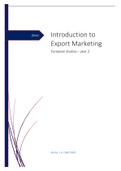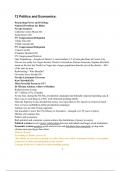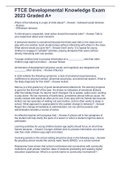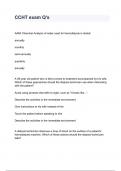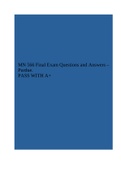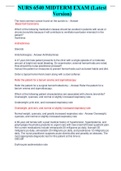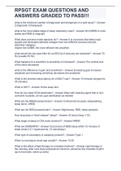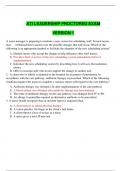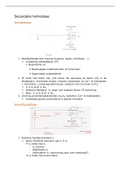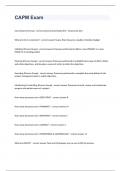Samenvatting
Summary Introduction To Export Management
- Instelling
- Haagse Hogeschool (HHS)
The document includes lectures, lecture notes, exam preparation and all the important things to know for the exam are highlighter. The writer of this document obtained a 9 for this exam by using this summary.
[Meer zien]
